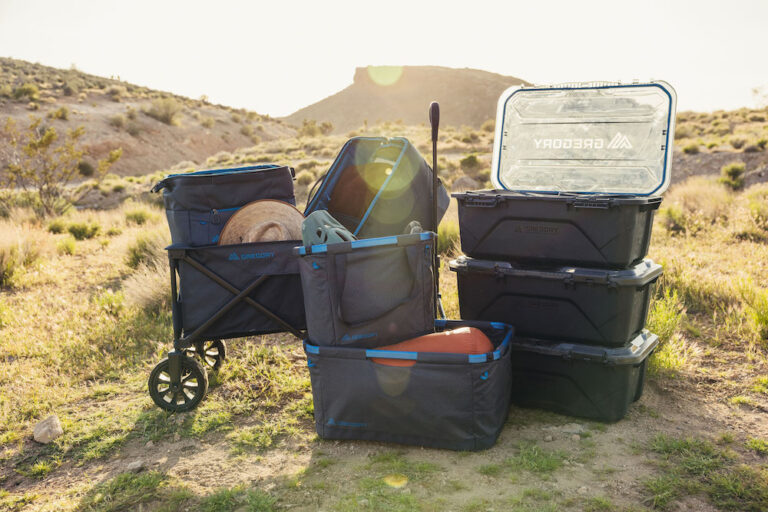Restoration efforts bring renewed hope for cleaning up Spokane’s Hangman Creek
How did Hangman Creek become one of the most degraded streams in Washington, and what can be done to bring this once-vital salmon stream back from the brink? In many ways, it starts with the Palouse itself. The fine soils that make up the Palouse are naturally high in phosphorus (an important plant nutrient), but also highly erodible. As Hangman Creek’s watershed was developed for agriculture, the riparian areas were cleared of trees and shrubs and many tributaries were straightened. This was all to reduce flooding and to increase the amount of farmable land. Currently, around 70 percent of the riparian zone around Hangman is used for agriculture.
Mitch Redfern, the Watershed Implementation Lead for the Washington Department of Ecology (DoE), says one of the biggest issues with the Hangman Creek watershed is its flashy nature. Much of the year it is a gentle stream, but it has periods where its flow can go from 10 cfs (cubic feet per second) to 8,000 cfs in a 24 hour period. These periods of high flow transport incredible amounts of sediment, depositing much of it into the Spokane River. And due to the lack of perennial vegetation that would shade the stream, Hangman suffers from high temperatures. During the summer, the high temperatures and increased phosphorus can lead to toxic algae blooms far downstream in Long Lake.
But actions are coming around to improve the water quality. In 2018, The Spokane Riverkeeper won a lawsuit against the EPA over their approval of DoE’s plan to clean up. The settlement allows DoE to better enforce pollution and provide incentives for landowners to improve their streamside habitats.
Agricultural producers have spent generations developing the economics to run their farms, so for many of them it has not been economically viable to take lands out of production for conservation or restoration purposes. With funds from the lawsuit, however, DoE, in partnership with the Conservation District, is starting a pilot program to reach out to at least 10 dryland farmers and five livestock producers to put their stream-side land under a 15-year contract to restore riparian habitat. This program will compensate these landowners, making it financially viable to take those lands out of agricultural production. The hope was to enroll 80 acres in this program, but it has gained so much interest that contracts are currently being written for 170 acres.
The Couer d’Alene Tribe has been working on restoration of Hangman Creek at its headwaters for over 20 years. They have been able to acquire much of the floodplain properties where they can do large scale and long-term restoration. These actions have produced dense stands of vegetation where you can find moose, trout, and beavers. Kat Hall, the restoration coordinator with The Lands Council, has also been working in the Hangman Creek watershed since 2009 to mimic the important work of beavers. Kat works with landowners, volunteers, and students to plant thousands of trees and shrubs, and works with USFWS and GU to design and install Beaver Dam Analogs, structures that mimic beaver work to slow stream flow, reconnect streams with flood plains, trap sediment, and create more wetland habitat.
To help monitor the impact of Hangman creek on the Spokane River itself, The Spokane Riverkeeper runs a citizen science program to monitor the impacts of sediment and temperature. Much of the sampling occurs in spring when sediment flows are highest and when many Redband Trout are building their underwater gravel nests, or redds, in this section of the Spokane. The goal of this program is to educate the public and gather evidence that is legally defensible that can lead to improving the Spokane River.
There are many ways to get involved with restoring the vitality of Hangman Creek. With all these actions, we should be seeing some noticeable improvements to Hangman Creek over the next decade.
Adam Gebauer writes the Nature column for each issue of Out There. His last article highlighted the reintroduction of Canada lynx in the Kettle Range of Northeast Washington. You can read more of his Nature columns online at Outthereoutdoors.com.












